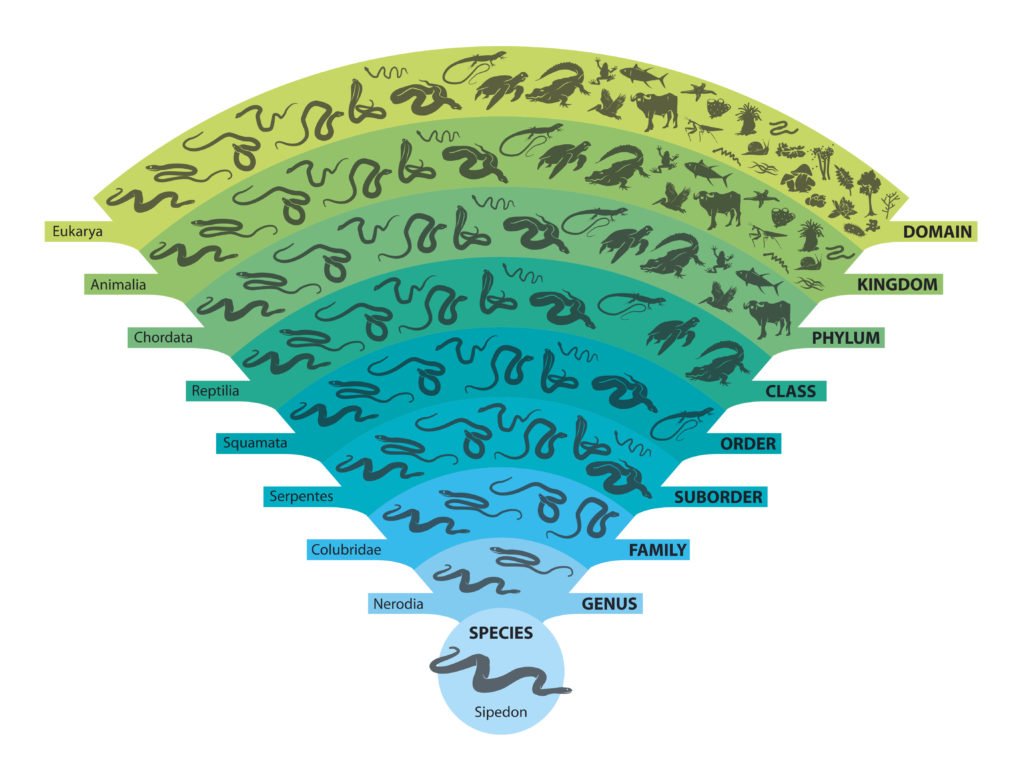In order to better understand our atmosphere, scientists have divided it into several layers. These layers are divided based on the characteristics of the gases found at that height. Imagine a layered cake. A layered cake is made out of layers of different ingredients. The first layer might be cake mix. On top of that a cook could put a layer of pudding. On top of that layer they perhaps could put another layer of cake mix, followed by a layer of whipped cream, and so forth. Each layer in our atmosphere is referred to as a sphere.
The first layer of the atmosphere is, fortunately, not made out of cake, but rather it is made out of the gases that we breathe everyday. This layer is called the troposphere. The troposphere is the layer that we live in.

The next layer of our atmosphere is called the stratosphere. Above the stratosphere lies the mesosphere, followed by the thermosphere, and finally the exosphere. The mesosphere and thermosphere are often referred to together as the ionosphere because of the way they reflect the ionized energy of the Sun. In order to help scientists identify the border between each of these layers, scientists have given special names to the boundaries between a number of them. The boundary between the troposphere and the stratosphere is referred to as the tropopause. The border between the stratosphere and the mesosphere is called the stratopause. And the line separating the mesosphere from the thermosphere is called the mesopause.
It is important however that you understand a few things about these layers. First of all, even though scientists have given special names to the boundary between each layer, this does not mean that there is an actual clearly visible border. If you were traveling up through the atmosphere in a rocket ship, you would not see any sudden changes as you went from one layer to the next. Instead, the change is gradual. The troposphere slowly changes mixing with the stratosphere. The higher you travel the less and less the air around you will resemble the air found in the troposphere and the more and more it will resemble the air found in the stratosphere.
Secondly, these layers of our atmosphere are not always at the same altitudes or heights all around the Earth, or throughout the year. The layers of our atmosphere expand with increased temperature, and contract with cooler temperature. Thus you can imagine that in the Winter the lower layer of the atmosphere contracts becoming more shallow, while in the Summer it expands, becoming deeper. When it is Winter in the Northern Hemisphere, such as in Europe, Asia, and North America, it is Summer the Southern Hemisphere, such as in Australia parts of Africa, and South America. Thus, while the troposphere is thin over the Northern Hemisphere, it is at the same time thicker over the Southern Hemisphere.
On average the troposphere extends from the surface of the Earth upwards to an altitude of 7 miles. Remember that the top of the troposphere is called the tropopause. The stratosphere then extends from the tropopause to an altitude of around 20 miles above sea level. The mesosphere extends from the stratopause to around 50 miles above sea level. The thermosphere begins at the top of the mesosphere, or at the mesopause. There is no definite top to the thermosphere. Instead it gradually mixes with the exosphere.
How Do the Layers of the Atmosphere Affect Temperature?
Have you ever visited the mountains? What did you notice about the air around you? Did it seem cooler than the air from lower down in the valleys? When you climbed out of your tent in the morning, was the air crisp and chilly? Though you may not have realized it at the time, you were performing a science experiment. Since you do not own a personal rocket ship, the only way for you to travel higher into the atmosphere is to climb a mountain. As you do so, the temperature quickly drops, becoming cooler and cooler.
What do you think will happen as you continue to travel higher into the atmosphere? It is easy to suppose that the temperature will continue to decrease. For many years, scientists believed that this was the case. However, we now understand that the layers of the Earth’s atmosphere affect temperature in complex ways. Eventually, as you continue traveling outward through the atmosphere, you will find that as you approach the tropopause the temperature will stop decreasing, and for several miles will remain constant. It will then actually begin to increase again as you travel through the upper stratosphere. As you enter the mesosphere, the temperature will once again begin to drop, getting cooler and cooler. Then, as you travel up through the thermosphere, the temperature again begins to increase, eventually becoming even warmer than the temperature on the surface of the Earth. Finally, as you continue to travel outward leaving the atmosphere via the exosphere, the temperature drops again, becoming very cold.
Atmosphere Temperature Changes
What causes the temperature to rise and fall, increase and decrease throughout the layers of the Earth’s atmosphere? Have you ever stood by a camp fire? The closer you get to the fire, what happens? As you hold your hands in front of you near the flames, do you feel the heat? What happens as you pull away from the fire? The further you draw away from the fire, the less heat your body feels.
Each time the atmosphere warms up, there must be something that is warming it. The closer you get to the thing warming it up, the more you can feel the heat. The further away you get from that heat source, the cooler the air becomes. In the troposphere, the source of heat is the surface of the Earth as well as particles in the air which absorb heat and energy from the Sun and release it back into the atmosphere.
The ozone layer absorbs radiation from the Sun, helping to increase the temperature in the upper portion of the stratosphere. High in the thermosphere are found gases that absorb radiation from the Sun. This helps to warm the thermosphere.






